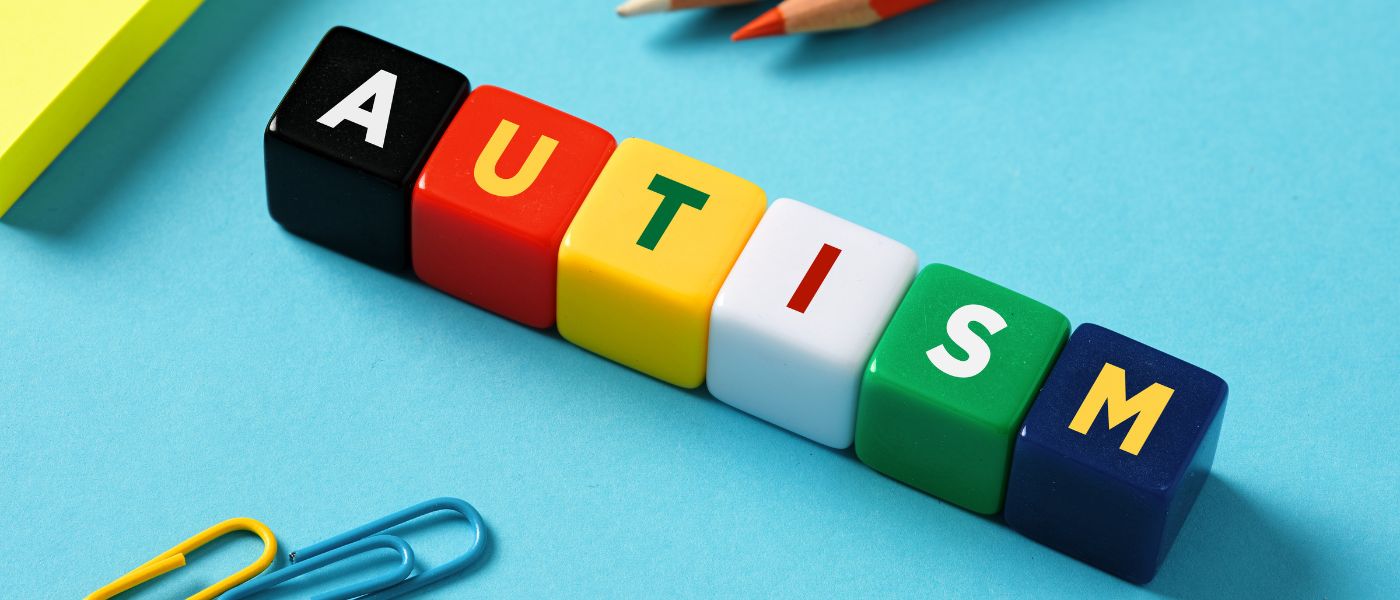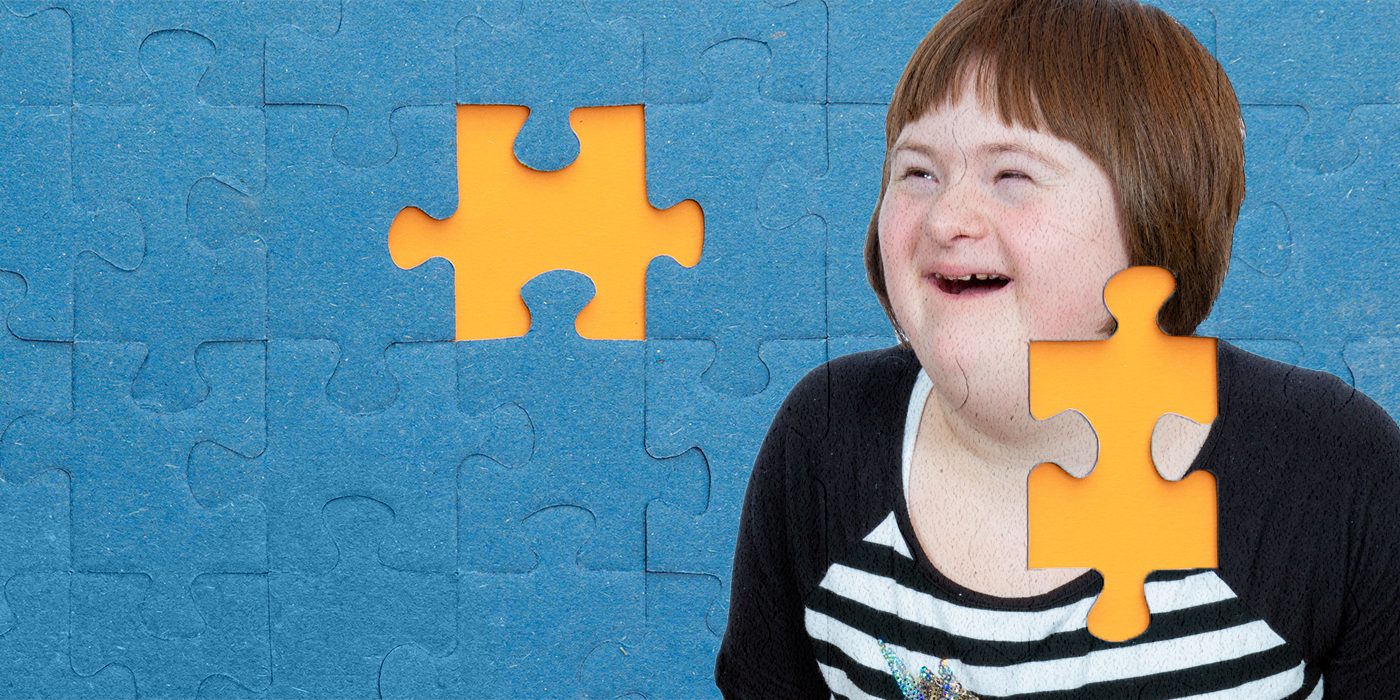Just How to Interact Effectively with Enjoyed Ones on the Autism Spectrum
Just How to Interact Effectively with Enjoyed Ones on the Autism Spectrum
Blog Article
Exploring Autism: Methods for Effective Communication and Communication
Effective communication and communication with individuals on the autism spectrum demand a thorough understanding of their distinct demands and preferences. Methods such as using clear language, using visual supports, and promoting constant regimens can substantially boost engagement and decrease stress and anxiety. Recognizing the significance of non-verbal cues and shared rate of interests leads the means for significant links. Nevertheless, the complexities of these strategies reveal further considerations that warrant expedition, especially in just how they can be adapted to varied contexts and specific experiences. What might these adjustments appear like in method?
Recognizing Autism Range Disorder
Autism Range Condition (ASD) incorporates a variety of neurodevelopmental problems characterized by obstacles in social interaction, interaction, and repetitive habits. The term "spectrum" reflects the diverse indications and differing levels of severity experienced by people with ASD. While some might exhibit considerable impairments, others might present high-functioning qualities, allowing for higher independence in life.
The beginning of ASD normally occurs in very early youth, with indications often identifiable by age 2. Early indicators might consist of postponed speech development, restricted eye contact, and problems in recognizing social hints. Although the specific etiology of ASD stays uncertain, research suggests a mix of hereditary and environmental factors plays a crucial role in its development.
Individuals with ASD often possess distinct toughness, such as increased attention to detail and outstanding memory abilities. They might struggle with recognizing abstract principles and handling modifications to routine - autism. Because of this, treatments and assistance customized to individual needs are essential for cultivating communication and social abilities. Identifying the complexity of ASD is vital for promoting awareness, approval, and efficient methods that assist in meaningful interactions with individuals on the spectrum.

Significance of Clear Interaction
Efficient interaction is vital for promoting understanding and connection, specifically for individuals with Autism Spectrum Condition (ASD) Clear communication not just facilitates social interactions but likewise enhances the person's capability to reveal their ideas, feelings, and demands. For individuals with ASD, the nuances of language can commonly be challenging; consequently, using distinct and straightforward language is crucial.
Furthermore, clear communication helps in reducing irritation and anxiety that may emerge from misunderstandings. When messages are communicated in a direct and constant manner, individuals with ASD are better outfitted to translate info precisely, which can dramatically improve their social involvement and involvement in different settings.
Establishing regimens and making use of aesthetic assistances can better boost clear interaction. These strategies provide people with predictable frameworks that help comprehension and retention of info. In addition, proactively being and listening client during communications promotes a supportive setting where people with ASD feel valued and recognized.
Inevitably, focusing on clear interaction not only encourages individuals with ASD yet additionally fosters even more meaningful links with their peers, caretakers, and the wider community, leading the way for joint partnerships and comprehensive interactions. - autism
Non-Verbal Interaction Methods
Communication extends past words, and for individuals with Autism Spectrum Disorder (ASD), non-verbal hints play a significant duty in communications. check this Non-verbal interaction techniques can consist of faces, gestures, body movement, and eye contact, every one of which function as crucial parts for communicating feelings and intents.
Understanding and translating these non-verbal signals can enhance communications with individuals with ASD. For example, a warm smile or open position can develop an inviting environment, urging engagement. Making use of aesthetic aids-- such as picture cards or signs-- can bridge interaction spaces and aid convey messages a lot more properly.
It is additionally vital to be conscious of individual room, as individuals with ASD might have different comfort degrees concerning proximity. Observing their responses to physical closeness can educate appropriate changes.

Developing Supportive Atmospheres
Developing a helpful environment is essential for cultivating favorable communications and improving the health of people with Autism Range Condition (ASD) Such environments can substantially reduce anxiety and create a sense of security, permitting people to share themselves a lot more openly.
To achieve this, it is vital to take into consideration sensory sensitivities that individuals with ASD may experience. Changing the physical space to include soft lighting, very little history noise, and comfy seating can create a calming environment. Additionally, making use of constant regimens and clear visual routines can assist individuals anticipate shifts and minimize unpredictability, further advertising comfort.
Social click here to read rooms should be structured to minimize frustrating stimulations while supplying chances for involvement in favored tasks. Promoting locations marked for peaceful time can likewise offer as a refuge during moments of stress and anxiety. Significantly, incorporating elements of choice encourages individuals, enabling them to work out company in their atmosphere.

Encouraging Social Interactions
Cultivating social interactions amongst people with Autism Spectrum Condition (ASD) needs deliberate approaches that focus on comfort and involvement. Developing foreseeable routines can help in reducing anxiety, making social setups much more approachable. Developing organized environments with defined duties and duties enables people to engage without the overwhelming stress of unstructured social characteristics.
Integrating interests and strengths into social tasks can work as a catalyst for communication. For instance, organizing team activities around shared hobbies or subjects of fascination can help with natural conversations and connections. Furthermore, utilizing aesthetic supports, such as pictorial timetables or social manuscripts, can assist in comprehending social cues and expectations.
Designing appropriate social actions is critical - autism. Grownups and peers should show efficient interaction methods, including active listening and turn-taking. Role-playing scenarios can also supply a safe area for individuals to practice these skills
Last but not least, cultivating peer partnerships through inclusive techniques is important. Urging comprehensive playdates or team trips can produce opportunities for socialization in a comfy setting. By implementing these strategies, caretakers and teachers can dramatically enhance social interactions for people with ASD, advertising their general social development and wellness.
Conclusion
To conclude, efficient recommended you read communication and communication strategies are important for supporting people with Autism Range Disorder. Stressing clear language, incorporating non-verbal signs, and developing predictable routines substantially boost interaction and minimize stress and anxiety. Creating supportive atmospheres fosters risk-free social communications, while encouraging shared rate of interests facilitates meaningful links. Eventually, these methods encourage individuals with autism to browse social landscapes, advertising their total well-being and making it possible for the advancement of long-term relationships.
Effective interaction and communication with individuals on the autism range necessitate a detailed understanding of their one-of-a-kind needs and preferences. Clear interaction not only assists in social interactions yet also boosts the person's ability to reveal their requirements, thoughts, and feelings.Promoting social communications amongst people with Autism Range Disorder (ASD) calls for intentional methods that prioritize comfort and involvement. By applying these teachers, techniques and caretakers can dramatically improve social communications for people with ASD, advertising their general social advancement and health.
In final thought, efficient interaction and interaction approaches are important for supporting individuals with Autism Range Condition.
Report this page